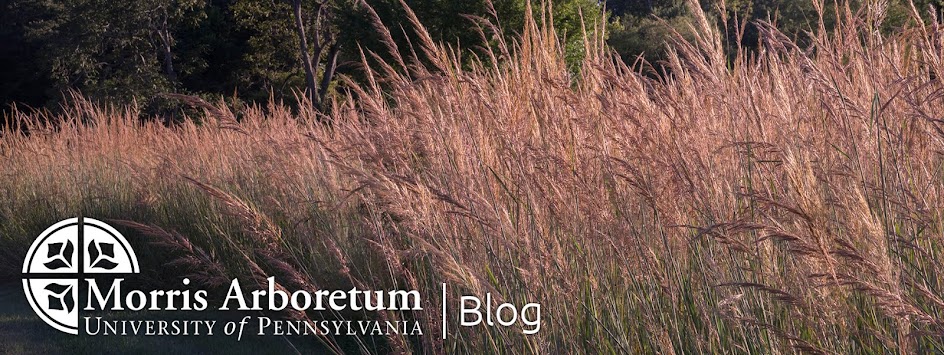Q1. Hi Susan, how did you become interested in birding? Have you been birding for quite a while?
Birding has always been something on the back of my mind. My husband and I would hike, but not stop and take a look at the little things. After we retired, we looked for activities that we could enjoy doing together, so we signed up for birding classes with Ruth Pfeffer, whom I now consider a friend. I really enjoyed it and wanted to continue learning more. Ruth has been a great teacher and influence.
Birding has now become a large part of our lives and we incorporate it into our travels. For example, when in Florida, we visited the Everglades, Corkscrew Swamp Sanctuary, and The J. N. "Ding" Darling National Wildlife Refuge.
We recently caught sight of the Least Bittern – birding is a great hobby, it’s one of those things you don’t learn completely so it never gets boring.Q2. What steps do you take to improve your knowledge and recognition of birds? How do you know when it is the best time to spot birds?
You can approach birding from multiple ways – audio experience, make a life list (though it is not our focus), observe bird behavior, or enjoy birds when out in the woods.
One of the things I enjoy about birding is that it is an excuse to be outside. My husband and I used to have jobs that kept us indoors a lot, and now we can spend much of our time outdoors. It’s helpful when guides point things out and talk about bird behavior. A friend and I were recently talking about birding as a way of living in the moment while enjoying nature.
You can catch birds at any location best during migration. Also, after the sun comes up, the insects are buzzing around, attracting birds.
Q3. What have been some of your favorite Morris Arboretum birding trips? Do you ever submit your photographs to online publications?
My husband and I have shared a few trips; Costa Rica, in particular, was a fabulous experience. We’ve visited three times already. It’s perfect because there are a variety of birds to see and there isn’t a large time zone difference. Magee Marsh in Ohio, with its large concentration of spring warblers, is a wonderful regional spot. Birding has allowed me to visit places I might never have explored otherwise!Q4. What advice can you provide to a novice birder or someone who is intimidated by lack of bird knowledge?
A good way to learn more about birding is to register for birding trips and walks, get a basic birding field guide, and learn from your guides. Birders are usually very nice and will help you if you have questions. Also, you definitely need a decent pair of binoculars – they make such a difference! Audubon Magazine and the Nature Conservancy have lots of information on birding as well.Now that you’ve gained a bit of insight on birding, you might want to explore some of the Morris Arboretum’s birding trip offerings this spring!
 |
| Great blue heron pair, building a nest in Florida. |
 |
| A resplendent quetzal in Costa Rica, flying to its nest with an avocado in its beak for its chicks. (Morris Arboretum trip) |
 |
| Prothonotory warbler at Magee Marsh in northern Ohio, a premier birding spot for spring warblers. (Morris Arboretum trip) |
